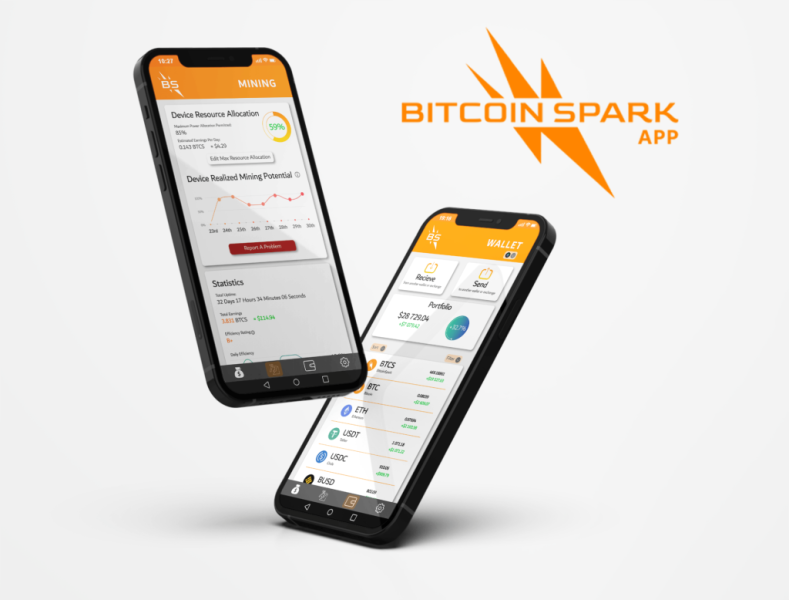Cryptocurrencies have widely been known as volatile investment vehicles since Bitcoin’s first bull market in 2013. However, this volatility creates massive opportunities for novice investors looking to tap into the realm as it grows. The industry bears much potential in the near and long term with increasing cryptocurrency demands worldwide. For inexperienced cryptocurrency enthusiasts, the best place to start their investment journey is on Bitcoin Spark, Stellar, and TRON.
What is Bitcoin Spark?
Bitcoin Spark is a decentralized ecosystem powered by blockchain technology with a first-to-market consensus mechanism and an income generation system that aims to profit network participants with passive income in bullish and bearish market cycles. Bitcoin Spark is a Bitcoin hard fork upgrade, offering a faster blockchain network with reduced transaction costs and a smart contract layer for deploying decentralized applications. The platform stands out against Bitcoin for its significantly reduced block time and increased block capacity, two features that remarkably make the Bitcoin Spark network a high-performance blockchain.
The Bitcoin Spark network’s smart contract layer is highly advanced compared to those offered by smart contracting altcoins. Unlike most smart contract layers, the Bitcoin Spark network is codable in various programming languages, including low-level and high-level ones. These languages include Vyper and Solidity, among the most used smart contract languages in the DeFi ecosystem. The smart contract layer also has a parallel layer that will deploy contracts in Rust, a type-safe and memory-safe smart contract language.

The platform’s smart contract is divided into four layers that perform different functions to achieve a specific objective. The first layer is the execution layer, the coded layer that runs code in the EVM bytecode-compatible languages and Rust. The second layer is the consensus layer. This layer confirms new transactions and approves the addition of new blocks in the blockchain while working in close conjunction with the execution layer. The Consensus layer ensures validators always reach a consensus and sort out any process discrepancies.
The third layer is the mining layer. This layer offers a platform for Bitcoin Spark miners to engage in their mining activities and, at the same time, donate tapped idle processing power. The mining layer remains in close ties with the consensus layer and the rewards layer to process data reached from the consensus layer and that the rewards layer provides. The rewards layer comes last, offering an algorithmic calculation of rewards from the network participants. The data is then communicated to the execution layer, which initiates the allocation process to reward miners with BTCS tokens, the ecosystem’s native digital currency.
Does Stellar Coin Have a Future?
Stellar, like the majority of the major cryptocurrencies, started 2023 on a positive note. The bullish expectations were confirmed after the network launched a cross-chain bridge, making the platform more interoperable with other blockchains. Analysts and crypto specialists predict that Stellar will continue to grow with the growth of the cryptocurrency industry. The long-term price prediction of Steller’s XLM could step in new highs of $1.50.
Tron Price Prediction
Launched in August 2017 by a crypto entrepreneur, Justin Sun, Tron stands among the most significant cryptocurrency projects by market capitalization. The platform is well known for providing Web3 participants with a secure network with growth potential. Analysts estimate that TRON’s price will likely hit the $1.46 mark as the highest price but may trade between $1.22 and $1.25 in 2030.
For more information:
Website: https://bitcoinspark.org/
Buy BTCS: https://network.bitcoinspark.org/register
Photo by Traxer on Unsplash
